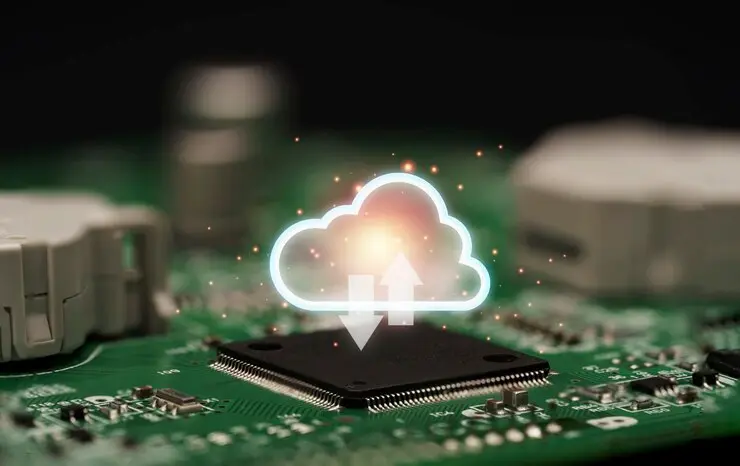Introduction: Embracing the Digital Future
Welcome to the world of computing! In this digital era, the way we process and handle data is evolving rapidly. Two key players in this transformation are edge computing and cloud computing. But what sets them apart? And more importantly, how do these technologies benefit us? Let’s dive into the fascinating differences and advantages of edge computing versus cloud computing.
Unraveling the Basics: What is Edge Computing?
To kick things off, let’s talk about edge computing. Imagine a world where data processing happens right where the data is generated – be it a smartphone, an IoT device, or a local server. That’s edge computing for you! It’s all about bringing computing closer to the source of data. This means faster processing, reduced latency, and less strain on the network.
The Immediate Benefits of Edge Computing
But why is edge computing such a big deal? First, it’s incredibly fast. By processing data locally, it dramatically reduces the time taken to get actionable insights. This speed is crucial for applications like autonomous vehicles or real-time analytics. Plus, it’s more reliable. With local processing, even if the network is down, the system can continue functioning.
Cloud Computing: The Backbone of Modern IT
Now, let’s shift gears to cloud computing. Think of the cloud as a powerhouse of resources – storage, computing power, and services – available over the internet. It’s the central hub where data from various sources is sent, processed, and managed. The cloud offers scalability, flexibility, and a pay-as-you-go model that makes it a favorite for businesses.
How Cloud Computing Revolutionizes Business
Cloud computing is a game-changer for businesses. It allows companies to store vast amounts of data without worrying about physical hardware. It’s scalable, meaning businesses can easily adjust resources as per their needs. Plus, it offers advanced analytics and AI capabilities, making it easier to glean insights from data.
Comparing Apples and Oranges: Edge vs. Cloud
Let’s compare the two. Edge computing excels in speed and efficiency, particularly for tasks that require immediate action. Cloud computing, on the other hand, is a powerhouse for storage and complex processing. While edge computing is about proximity, cloud computing is about centralized resource pooling.
The Complementary Nature of Edge and Cloud
Interestingly, edge and cloud computing aren’t rivals; they complement each other. Edge computing handles immediate, local tasks while the cloud takes care of extensive data storage and analysis. Together, they create a versatile and robust digital ecosystem.
Industry Applications: Where Do They Stand Out?
Edge computing shines in industries where real-time processing is crucial. Think manufacturing, with its need for real-time machinery monitoring, or healthcare with life-saving wearable devices. Cloud computing, however, is a star in sectors like e-commerce and banking, where vast data storage and management are key.
Real-World Impact: Examples of Edge and Cloud in Action
In autonomous vehicles, edge computing processes real-time data for immediate decisions. In contrast, cloud computing is used in customer relationship management (CRM) systems, where it handles large databases and provides insights on customer behavior.
The Future is Bright: Trends in Edge and Cloud Computing
The future holds exciting trends for both technologies. Edge computing is moving towards more intelligent and autonomous systems. Cloud computing is evolving with advancements in AI and machine learning, offering even more sophisticated data analysis.
Embracing Innovation: How Businesses Can Adapt
Businesses need to stay agile. Adopting edge computing can lead to faster decision-making and efficiency. Simultaneously, leveraging cloud computing for its storage and analytics capabilities can drive growth and innovation.
Conclusion: A Balanced Digital Ecosystem
In conclusion, both edge and cloud computing have their unique strengths and roles in shaping our digital world. By understanding their differences and synergies, we can create a balanced, efficient, and innovative technological ecosystem.
Looking Forward: The Path to Digital Excellence
As we embrace these technologies, the key is to understand their specific applications and benefits. By doing so, we can harness the full potential of edge and cloud computing, leading us towards a smarter, more connected future.
Explore the rest of our website Tech Glints, intriguing articles await you! Interested in contributing? Simply click the contact button at the top right. Thank you!
